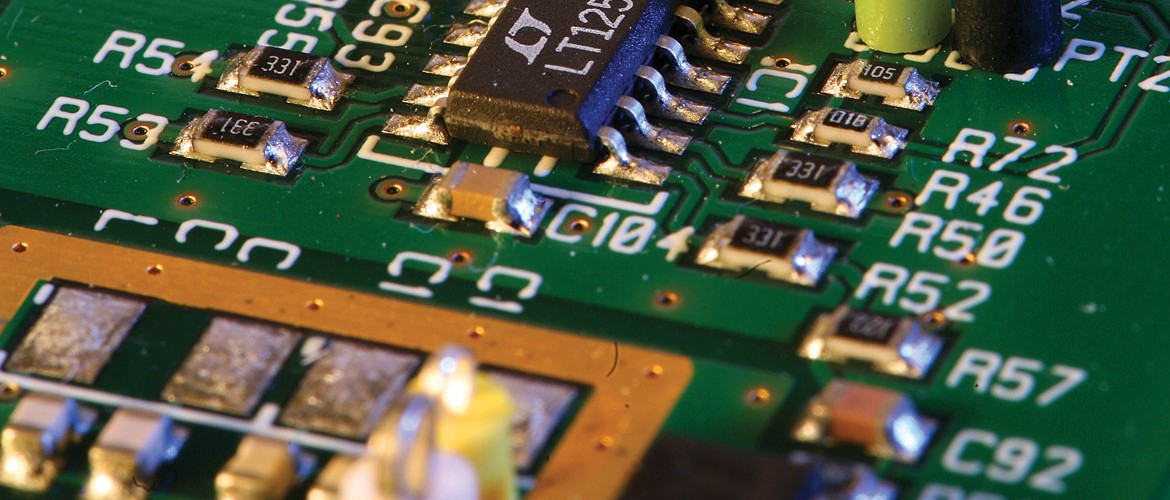At the micro- and nanoscales, manufacturing and instrumenting made-to-measure materials with specific properties becomes possible, redefining the way we view design, management, and operation. In other words, the shift toward multidisciplinary approaches seen at the mesoscopic scale (for objects) and the macroscopic scale (for entire cities) is also occurring at the micro- and nanoscales for materials.
Instrumented materials—materials with integrated electronics—are opening the door to new design possibilities, such as objects and infrastructures with new, and often multiple, functional capabilities. These functionalized materials and their unique properties will increase efficiency and performance in several ways, including socioeconomic performance, ease-of-use, and quality of experience.
The manufacturers of the materials and components used in today’s urban infrastructures and street fixtures and furniture are gearing up for the profound transformation of their market’s value chain driven by the new—and central—role given to end users who, until now, have been a relatively remote concern. Component manufacturers, systems designers, and equipment integrators will interact in a new environment in which the issue of designing and managing user services will have to be addressed alongside the more traditional problem of manufacturing and selling products. The roles of project owners and designers will also shift as knowledge, practices, and economic positions are reorganized.




